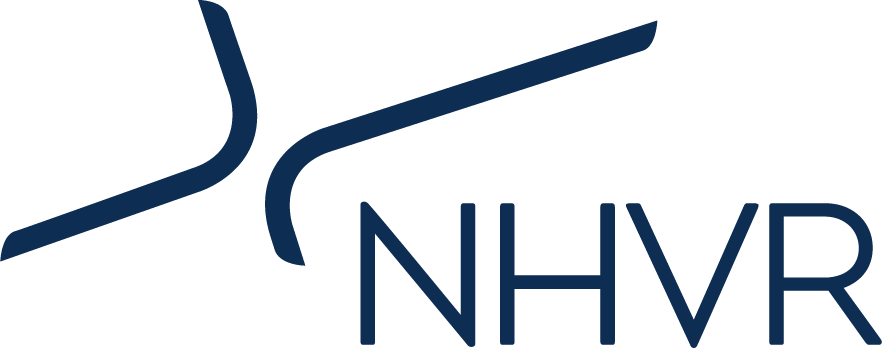Under the Heavy Vehicle National Law (HVNL), Higher Mass Limits (HML) provides a significant increase in the productivity of road freight transport heavy vehicles by allowing particular vehicles to access additional mass entitlements, subject to the following conditions:
- Operators of vehicles or combinations running at HML on triaxle groups are accredited under the Mass Management Module of the National Heavy Vehicle Accreditation Scheme (with an accreditation label fitted to the hauling unit).
- Vehicles are fitted with certified road-friendly suspension.
- Vehicles are travelling on an authorised route.
It’s strongly recommended that you check the specific HML notice for any jurisdiction you’ll be travelling in to make sure you comply with any variations from the national policy. See Gazette notices – Higher Mass Limits access for a list of these notices.
Maximum mass per axle group
The following are the standard axle mass limit increases allowed under the HVNL for vehicles fitted with certified road-friendly suspension.
| Type of axle group | Maximum mass (tonnes) permitted under GML | Maximum mass (tonnes) permitted under HML |
|---|---|---|
| Tandem axle group | 16.5t | 17t |
| Tri-axle group | 20t | 22.5t |
| Single drive axles on buses | 9t | 10t |
| Six-tyred tandem axle groups | 13t | 14t |
Road friendly suspension
To be eligible for HML, vehicles must be fitted with certified road-friendly suspension. Road-friendly suspension systems reduce the impact of laden axles on road pavements and most bridge structures.
For a suspension system to be considered as road-friendly, it must be certified to the requirements set out in the Department of Infrastructure, Transport, Regional Development, Communications and the Arts’ Vehicle Standards Bulletin 11 – Certification of Road-Friendly Suspensions.
The Department also provides a list of Certified road-friendly suspensions.
Telematics conditions
New South Wales
Operators operating at HML in New South Wales must be enrolled in Intelligent Access Program (IAP) or Telematics Monitoring Application (TMA).
Queensland
Operators operating at HML in Queensland must be enrolled in:
- TMA for vehicles enrolled from 1 December 2022
- TMA or IAP for vehicles enrolled before 1 December 2022.
Please note: From 1 June 2024, the option to comply in Queensland using IAP will be removed. TMA will be the only option available from that date.
To find out further information on IAP or TMA, visit the Intelligence Access Program page or the TCA website.
For jurisdictional enrolment information, please visit:
New South Wales: TfNSW IAP
Queensland: QTMR OBM TMA transition
Authorised routes
When operating at HML, operators must ensure that the route is authorised for their particular vehicle.
Approved HML routes can be found using map layers in the NHVR Route Planner.
Please note that the networks shown in the NHVR Route Planner are indicative only, and should be confirmed using the relevant state or territory road transport authority mapping site.
Permit applications
An operator must apply to the NHVR for a permit to:
- seek expanded HML access – that is, to access roads beyond authorised routes; and/or
- use an HML vehicle configuration that is not covered by a notice.
As long as road manager consent is granted, the NHVR will issue an HML permit.
See Higher Mass Limits permit for how to apply.

 Accessibility tools
Accessibility tools

